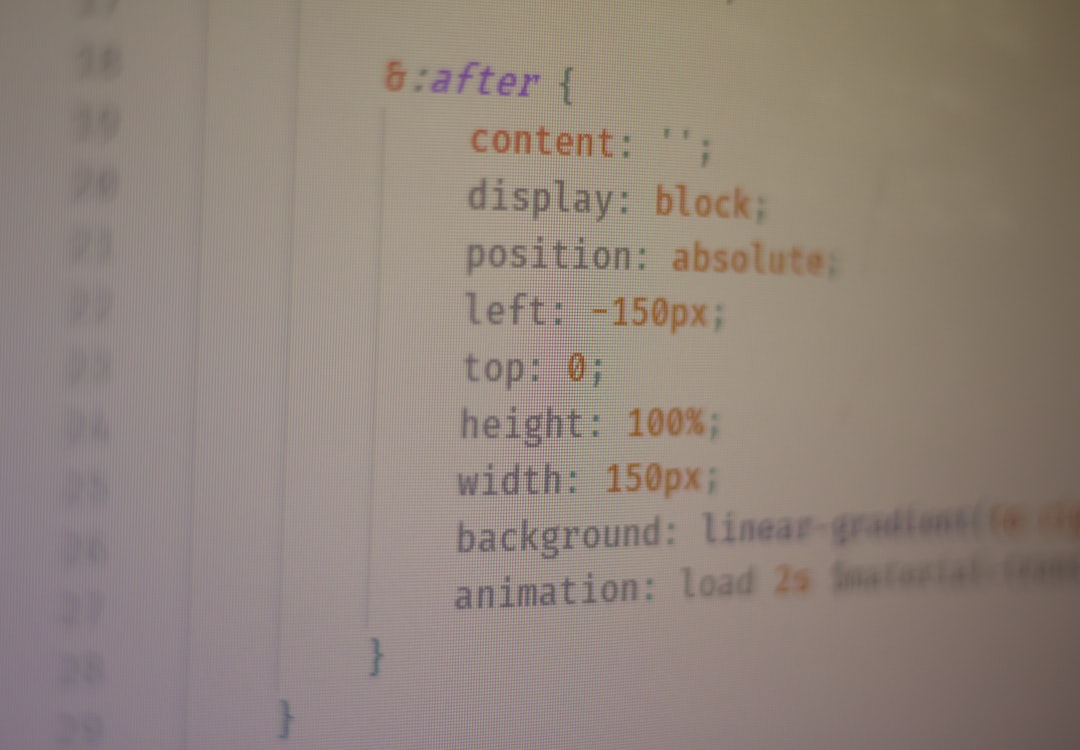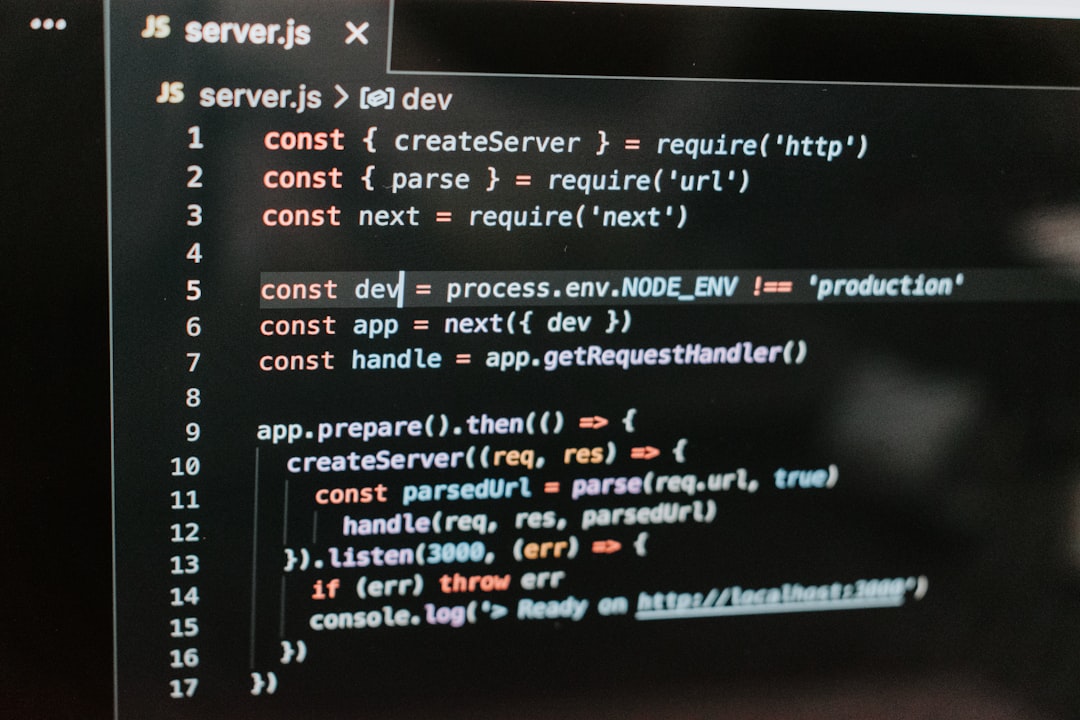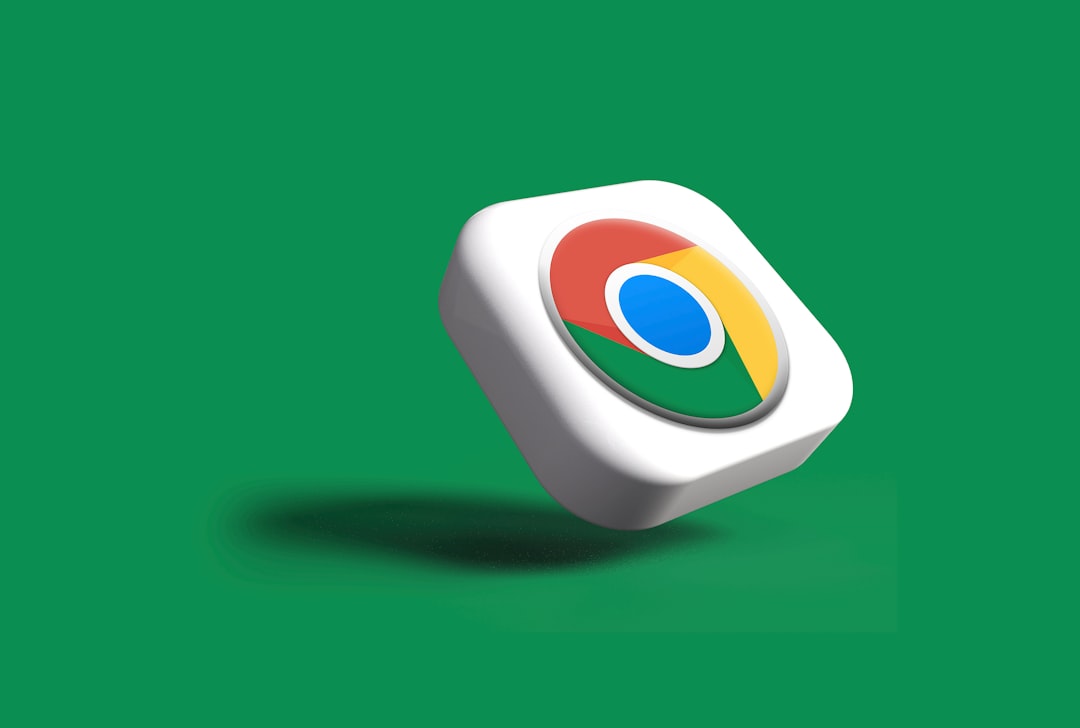Alternate-page canonical issues are a technical SEO challenge that can significantly impact your website’s performance in search engine results. When Google detects that a page is marked as a canonical version of another but doesn’t actually match for indexing, it can cause confusion and dilute your SEO efforts. Even after you’ve identified and fixed this issue, it’s important to ensure it doesn’t resurface. This guide will delve into why these issues occur, how to fix them, and most importantly, how to prevent their recurrence.
What Is an Alternate-Page Canonical Issue?
An alternate-page canonical issue occurs when a page (let’s call it Page A) includes a canonical tag pointing to another page (Page B), but Google determines that the content does not really match. Essentially, you’re telling search engines which page should be considered the “main” or “original” version, but the pages don’t pass Google’s validation.
Google Search Console typically flags this under coverage issues as “Alternate page with proper canonical tag” or “Alternate page with incorrect canonical tag.” This not only takes unnecessary crawl budget but could also lead to some of your content not appearing in search results.
Common Causes of Alternate-Page Canonical Problems
- Template-Based Canonical Tags: Often, developers implement canonical tags uniformly using templates, regardless of varying content.
- Session IDs and Tracking Parameters: URLs with session IDs or UTM parameters may unintentionally canonicalize to a clean version of the page without them.
- Incorrect Pagination Handling: Pages in a paginated series often mistakenly canonicalize to the first page instead of using
rel="next"andrel="prev". - Duplicated Content with Minor Differences: Product pages with slight variations (e.g., color, size) might incorrectly canonicalize to a single “parent” page.
- Localization or Region-specific Pages: Pages that serve the same content in different regions could point incorrectly with canonical tags instead of using hreflang annotations.
How to Fix Alternate-Page Canonical Issues
Fixing these issues involves providing Google with a clear, logical structure of your content hierarchy. Here’s a step-by-step guide:
- Identify Problematic URLs: Use Google Search Console’s Index Coverage report and tools like Screaming Frog or Sitebulb to identify impacted URLs.
- Evaluate Page Similarity: Make sure the content of the canonicalized page and the canonical itself are objectively similar in content and intent.
- Remove or Adjust Canonical Tags: If the pages are not substantially the same, remove the canonical tag or replace it with a more accurate one.
- Implement Proper Hreflang Tags: For regional variations, use
hreflangto specify language and country targeting instead of canonicalization. - Paginate Properly: Implement
rel="prev"andrel="next"tags for paginated collections to tell Google how these pages relate.
Once you’ve implemented fixes, it’s crucial to update your sitemap and submit it through Google Search Console for re-crawling. Be patient—Google may take several weeks to reflect changes.
Preventing Recurrence After the Fix
Fixing canonical issues is just one part of the battle. Preventing their return is where long-term SEO health truly lies. Here’s how:
1. Implement Ongoing Monitoring Systems
Use technical SEO monitoring tools that automatically detect changes or unusual patterns in your canonical tags. Some great options include:
- Ahrefs Site Audit
- Screaming Frog (with scheduled crawls)
- ContentKing
- SEMrush Site Audit
Set up automated alerts for unexpected changes in canonical tags or crawling/indexing reports.
2. Educate Content and Development Teams
Often, recurrence stems from team members unknowingly editing content or templates in ways that revert or misconfigure canonical tags. Devote time to educating these stakeholders on:
- Why canonical tags matter
- When (and when not) to use them
- Differences between canonical and hreflang tags
Integrate canonical considerations into your standard operating procedures for website updates.
3. Validate Canonical Tags During QA Testing
Make it a habit to test canonical tags as part of your routine QA before new pages go live. Pay special attention to:
- Pages generated through dynamic parameters
- Templates used for product listings or article archives
- Localized content that might overlap
Build this into your release checklist to eliminate inconsistencies before they go public.
4. Lock Canonical Logic in CMS Templates
To prevent accidental overrides, hard-code logical checks into your CMS templates. For instance, ensure that canonical tags are only applied where the content actually aligns with the destination URL.
For e-commerce platforms, dynamically generate canonicals based on content hierarchy, such as product variations and filters, instead of applying a blanket rule across all pages.

5. Audit Your Internal Linking Strategy
Canonicalization should not be used as a band-aid for improper internal linking. If your internal links point to non-preferred URLs, you’ll find yourself in an endless cycle of canonical fixes.
Example: If you prefer example.com/shirts but your product links in navigation or breadcrumbs include session IDs or query parameters, you’re essentially sabotaging your canonical intent.
Always ensure internal links align with your canonical logic.
Canonical Tags and JavaScript Frameworks
With the growing adoption of JavaScript frameworks like React, Angular, and Vue, managing canonical tags has become more nuanced. Ensure that canonical tags are rendered on the server-side if possible.
Tools like prerendering, dynamic rendering, or using SSR (Server-Side Rendering) help ensure that canonical tags are presented in the initial HTML that Googlebot fetches.

Evaluate Crawling and Indexing Behavior
Regularly check how Googlebot perceives your site. Use tools like:
- Google Search Console’s URL Inspection Tool: See which URL Google considers canonical for a given page.
- Log File Analysis: Understand how bots crawl your pages and identify crawl waste due to incorrect canonical structures.
This not only helps identify existing issues but also helps in proactively preventing new ones.
When in Doubt: Let Google Decide
Sometimes, less is more. If you’re unsure whether two pages truly qualify as duplicates, you may be better off not using a canonical tag at all. Google is capable of choosing its preferred URL using internal signals like page quality, links, and content duplication analysis.
However, when you are confident about canonical relationships, be sure all supporting signals—such as links, sitemaps, hreflang, and internal navigation—point consistently to the chosen URL.
Final Thoughts
Alternate-page canonical issues can quietly erode your site’s performance across search engines, and fixing them once doesn’t automatically prevent their return. By implementing a technical SEO routine that includes ongoing monitoring, collaborative training, and intelligent CMS configurations, you’ll drastically reduce the chances of recurrence.
Remember, a good SEO foundation isn’t just about resolving current issues—it’s about building an architecture that resists future ones. Stay vigilant, keep learning, and regularly audit your site to make sure that your canonical strategy continues to support your digital visibility goals.



